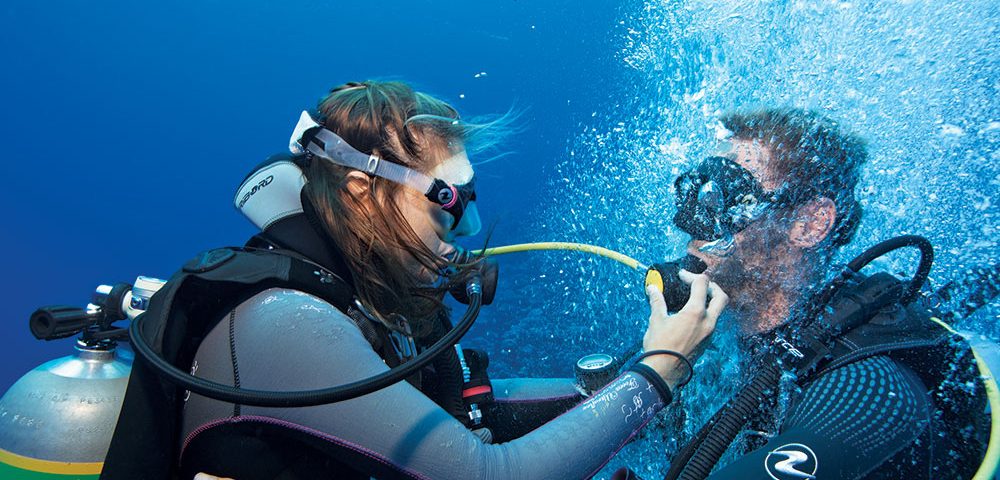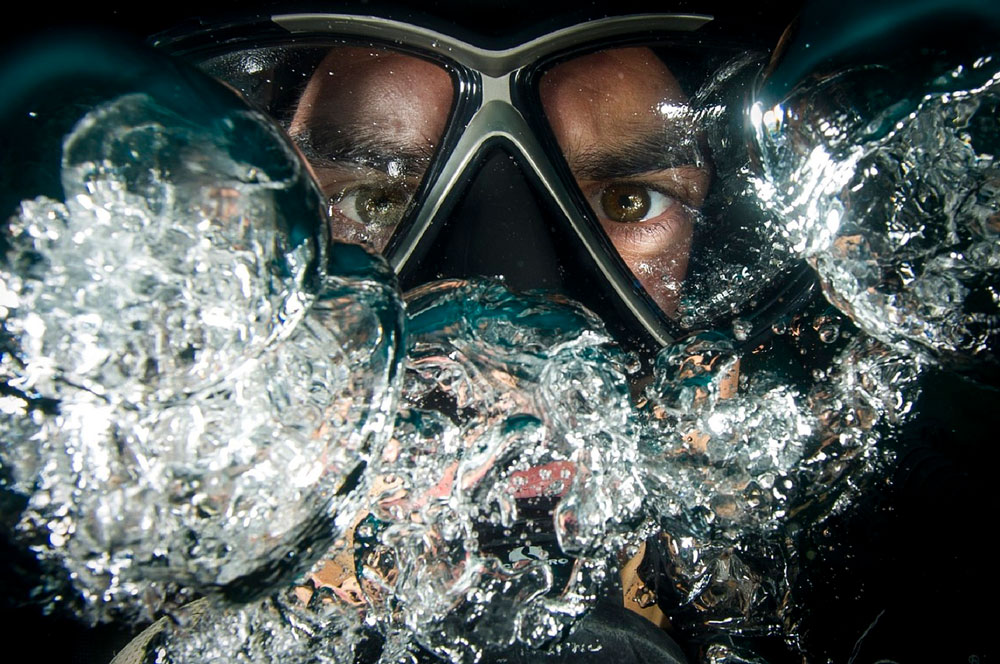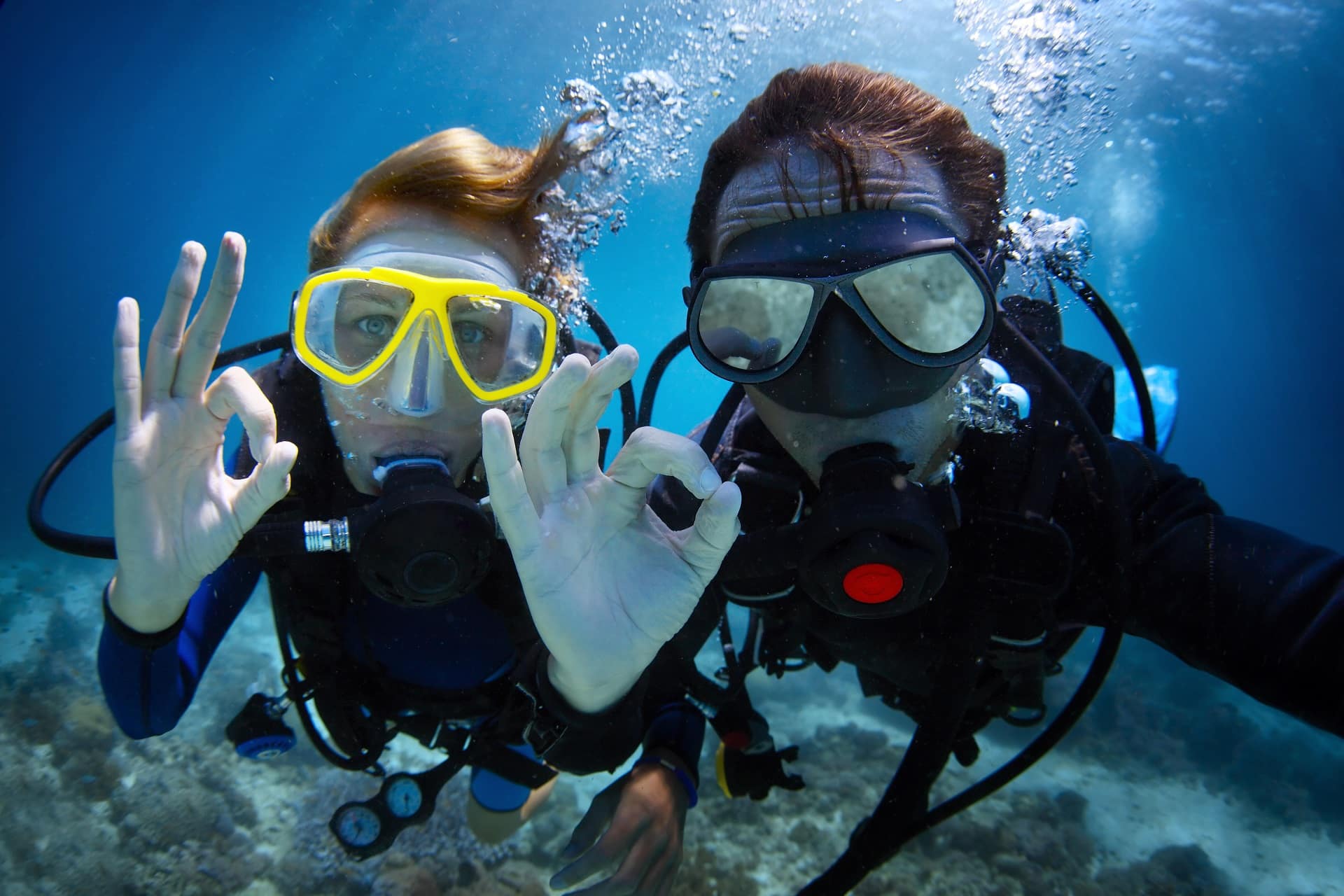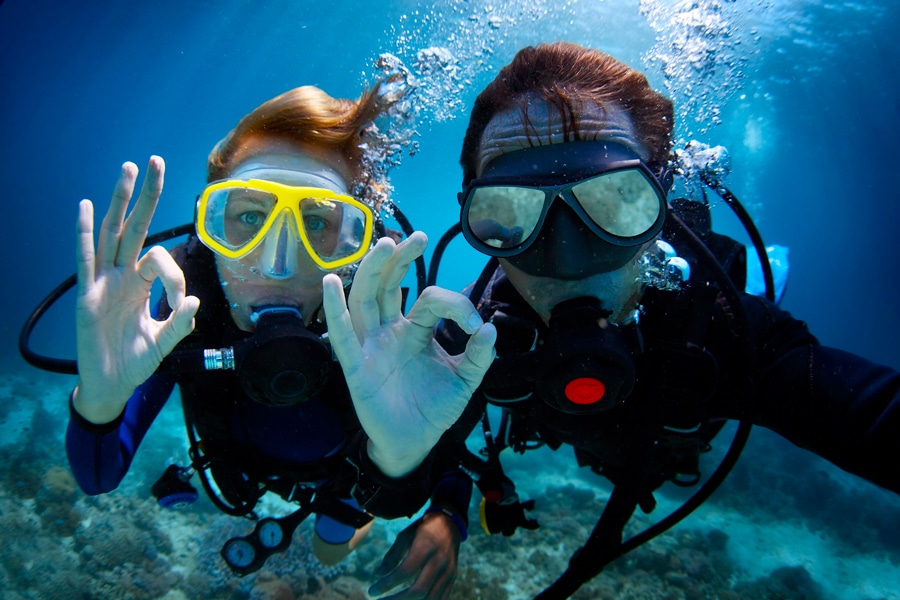Scuba diving breathing techniques are among the most interesting skills of this sport since you will be able to take advantage of them in and out of the water.
- If you often ask for tips to improve your air consumption, this article is for you.
- If you want to be a better scuba diver, you are in the right place.
- If you haven’t even dived once in your life, read on, because these techniques also have a practical application on the surface and will surprise you.







